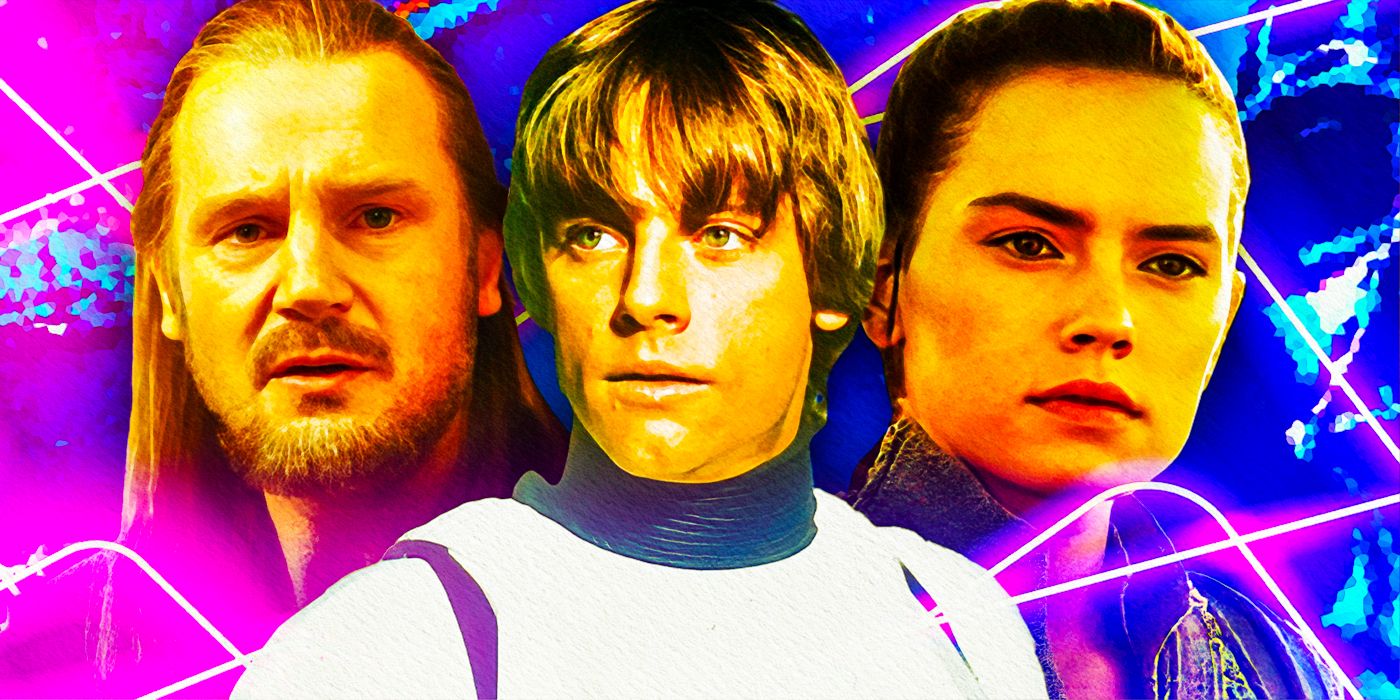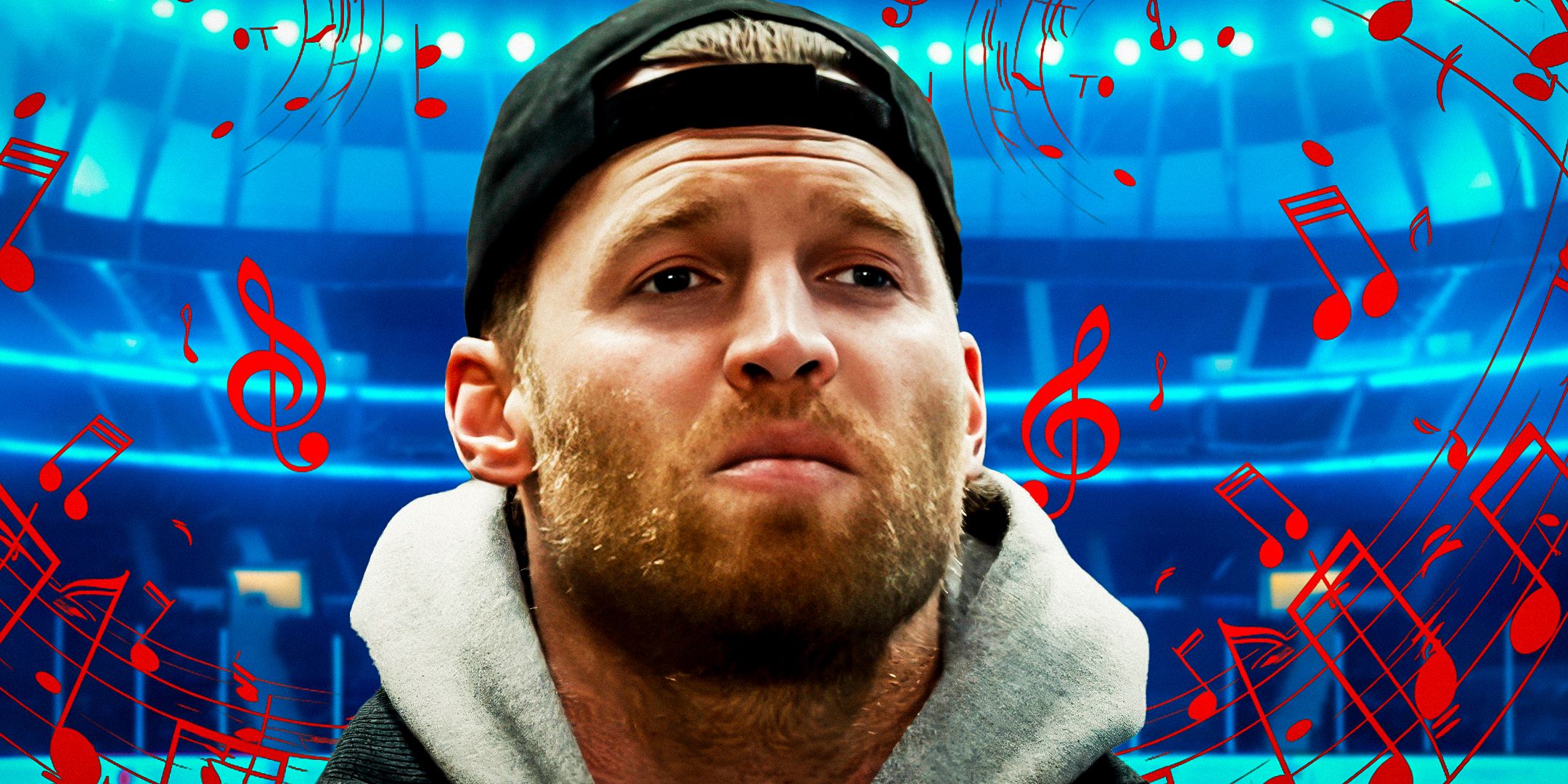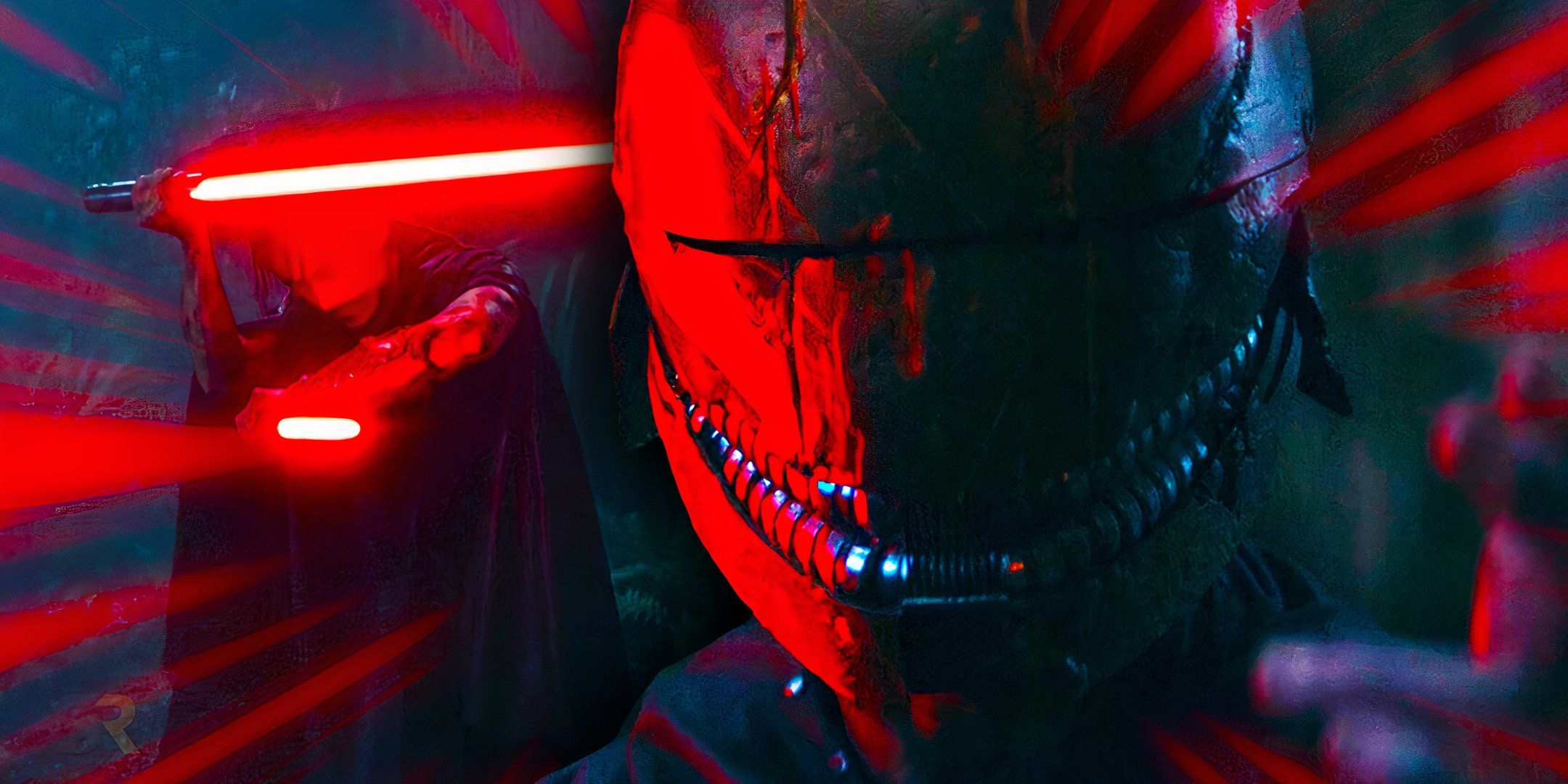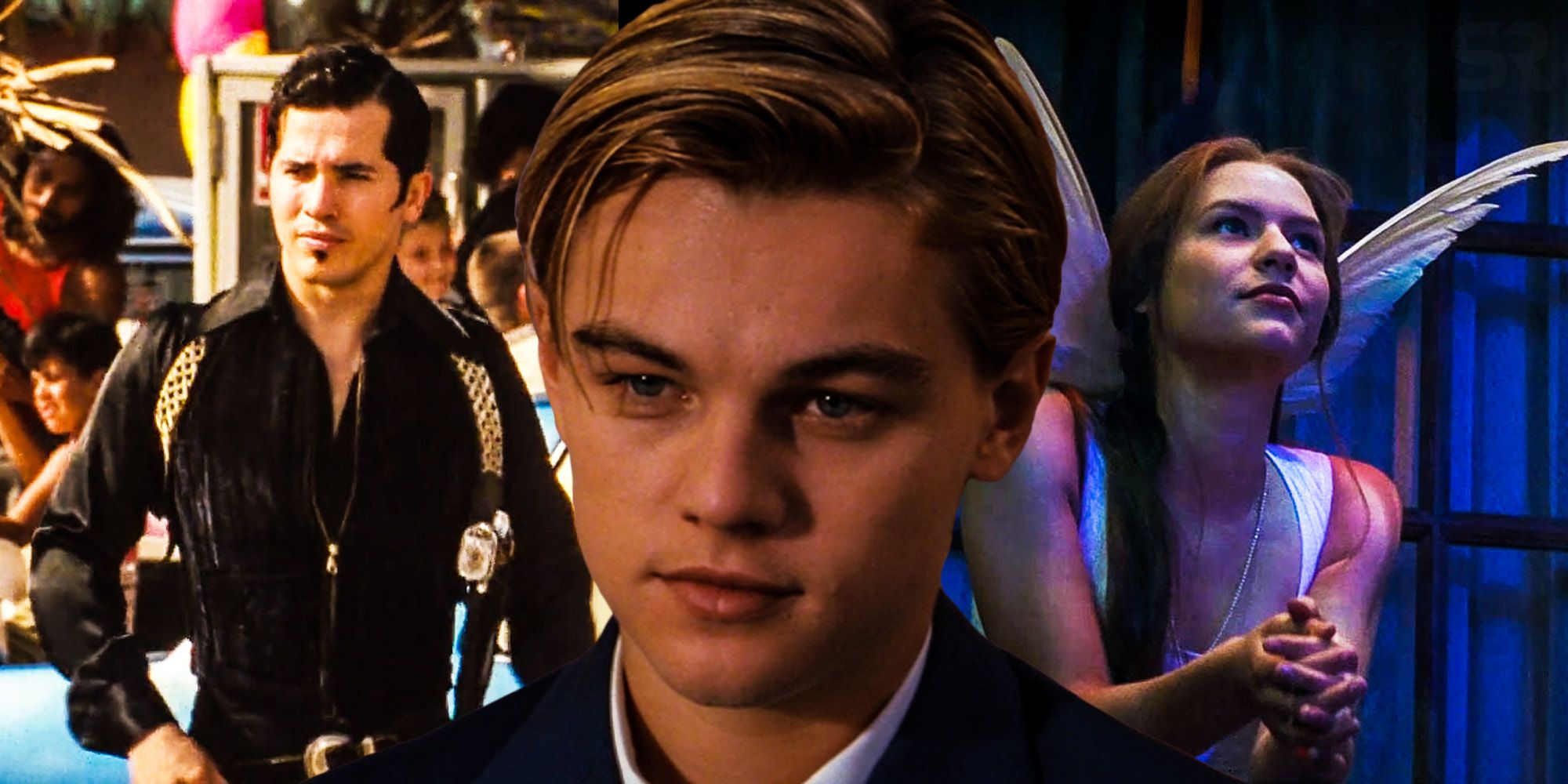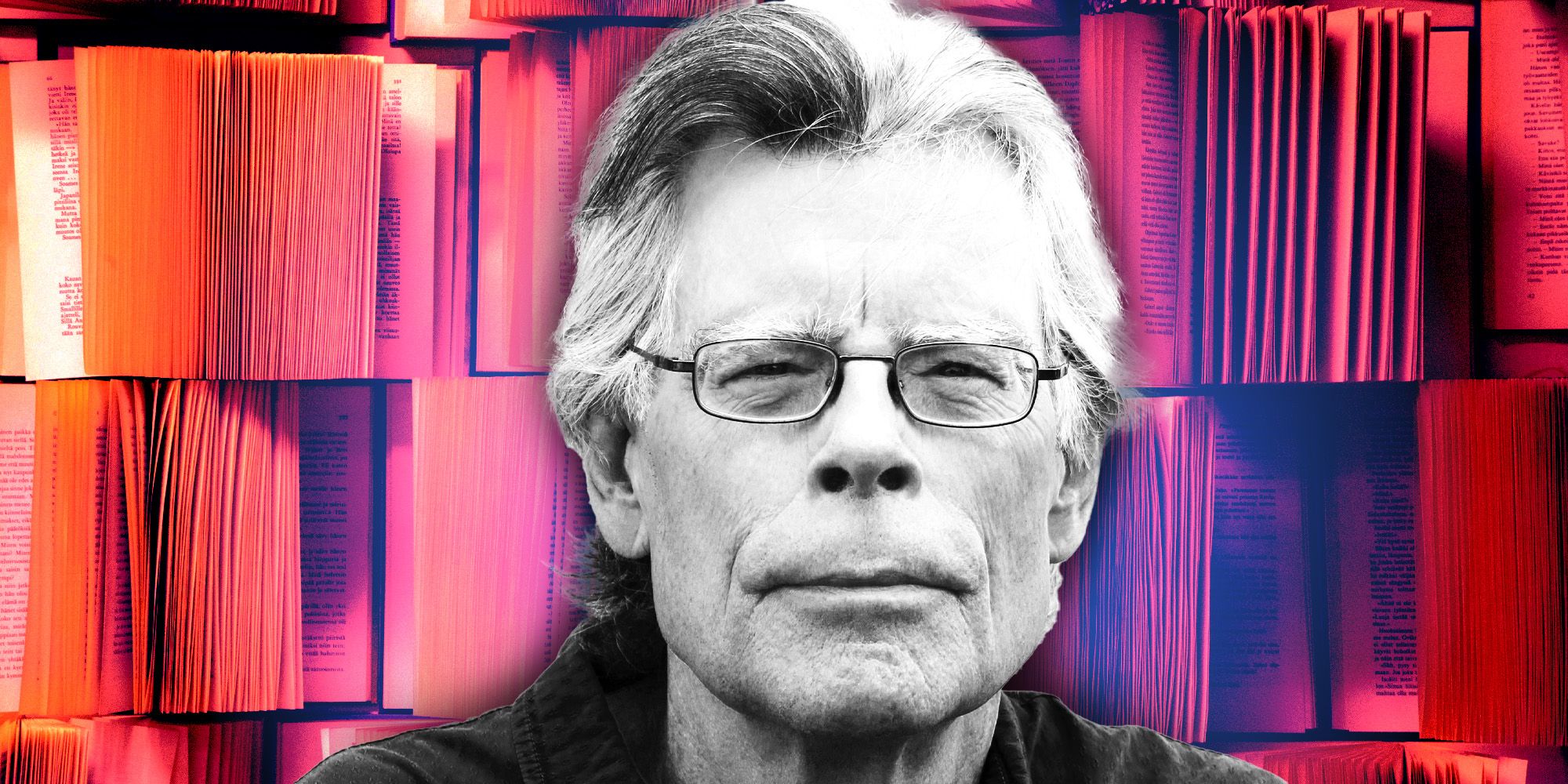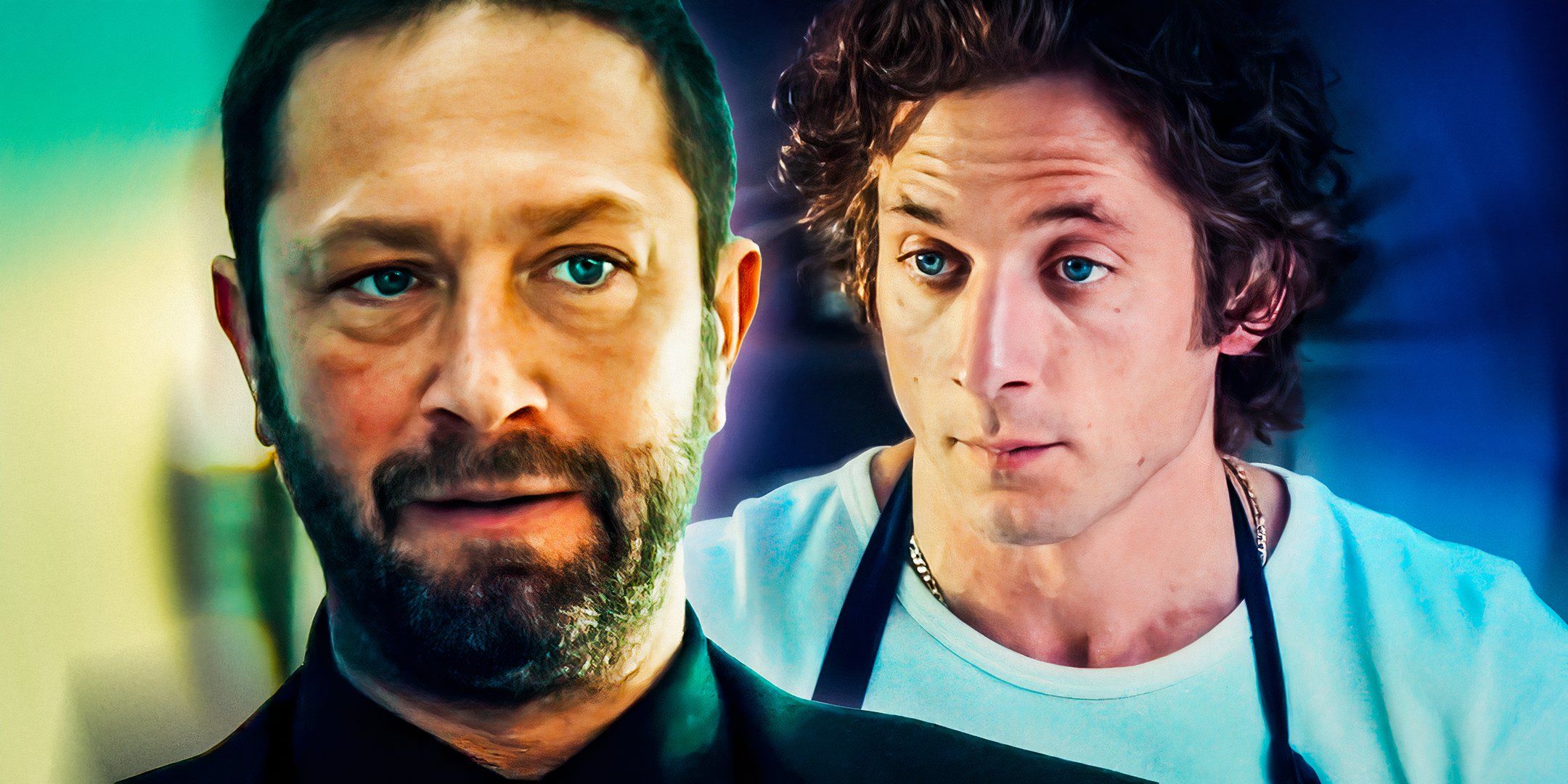When it comes to media and genre entertainment, diversity is more than just a buzzword for audiences and creatives. Allowing marginalized groups a voice and face in movies, comics, and TV shows isn’t just about optics, it’s about representation. When handled correctly, representation lets audiences see themselves in the characters on the screen or page, and allows creatives to give voice to perspectives that have long been neglected in mainstream media. By doing so, it can do what fiction does best—transport us to different places and gives us new viewpoints.
Proper representation does more than just allow fiction to more closely resemble the reality we live in, however. Many times, representation can change lives for the better, sparing people from despair, pain, and even suicide. For those who have never had trouble finding fictional characters that look like them and have the same preferences, it can be hard to grasp. But a little empathy and some personal stories can go a long way to help one understand how representation can save lives.
Alex and Maggie on Supergirl
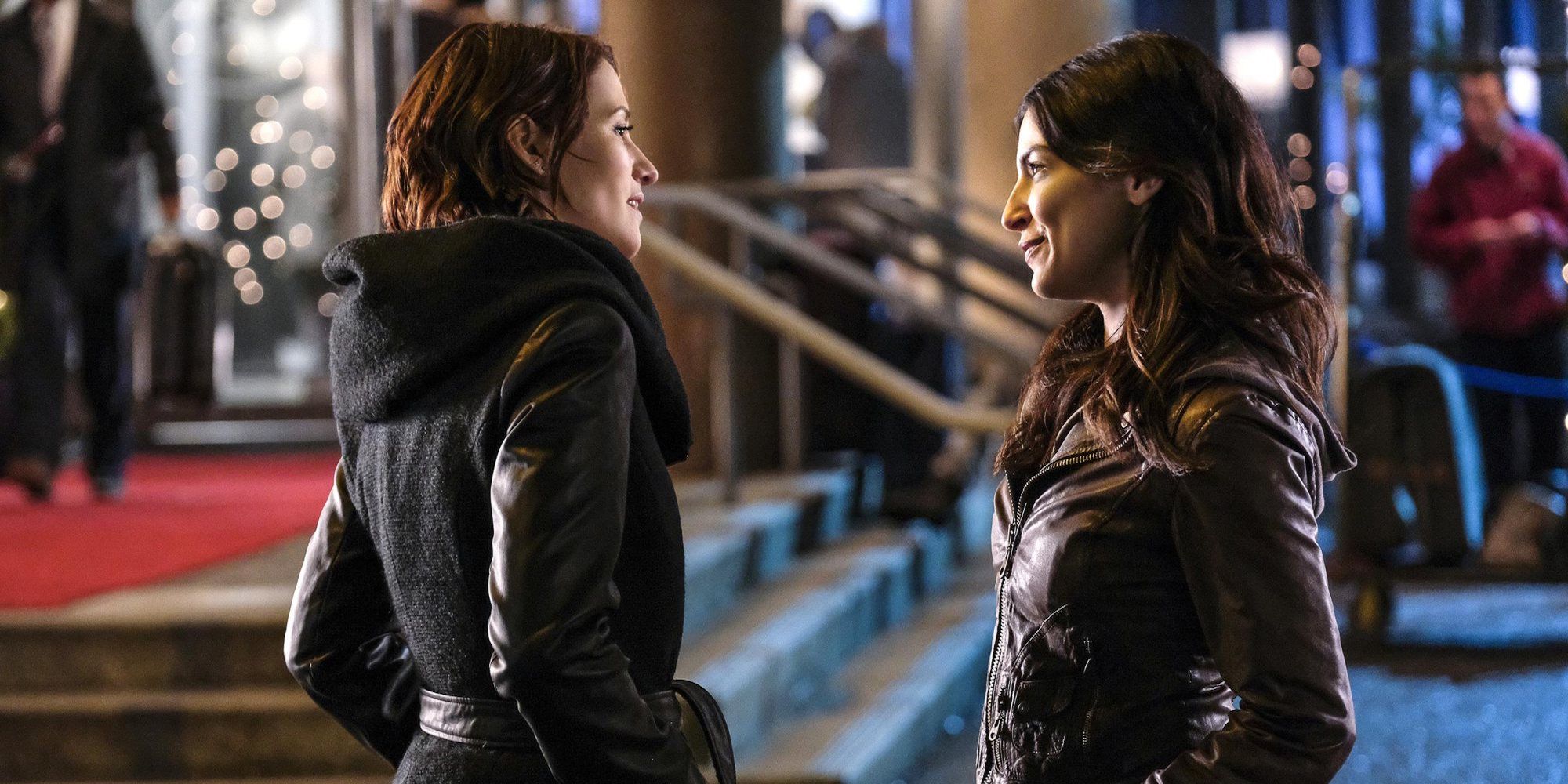
Ever since Supergirl moved from CBS to the CW, it’s been given new life. The story has shifted, characters have grown, and the show has slowly been telling one of the best coming out arcs in the history of TV. Over the course of several episodes, Supergirl’s sister, Alex Danvers, slowly learned she had feelings for her friend Maggie Sawyer. Even then, she didn’t realize she was gay, but soon began facing the truth about herself. The relationship had a rocky start, but it grew organically, with Alex gradually learning who she was and the proudly out Maggie eventually realizing the feelings she had for someone she thought was just a friend. More than just being a refreshing example of a happy gay couple on TV, a medium known for killing queer characters in states of bliss, it’s had a real world impact.
A few months ago, a Twitter thread by Mary Swangin began sweeping the Internet. The owner of a comic book store, she laid out the story of a young girl who came in looking for Supergirl comics. While it’s best to read the thread, the short version is that seeing Alex and Maggie’s relationship unfold and watching the former struggle with her identity helped the young girl better understand her own sexuality. For so long, she had felt lost and scared and was even on the verge of suicide, until she saw Alex’s story and it literally saved her life.
In recent months, the inclusion of gay characters in Beauty and the Beast and Power Rangers has done everything from garnering praise to shocking entire countries, but those movies both failed to actually present a three-dimensional gay character, despite their marketing boasts. Supergirl, meanwhile, quietly unfolded an honest and nuanced portrayal of someone coming out to her family and herself later in her life. And while not all stories will be as cathartic or life-saving as the one Mary shared, humanistic depictions of the LGBTQ community in media can do a lot to teach people acceptance for themselves and others.
Next: [valnet-url-page page=2 paginated=0 text=’Static%20Shock%20and%20Luna%20Lovegood’]
Static Shock and Milestone Comics
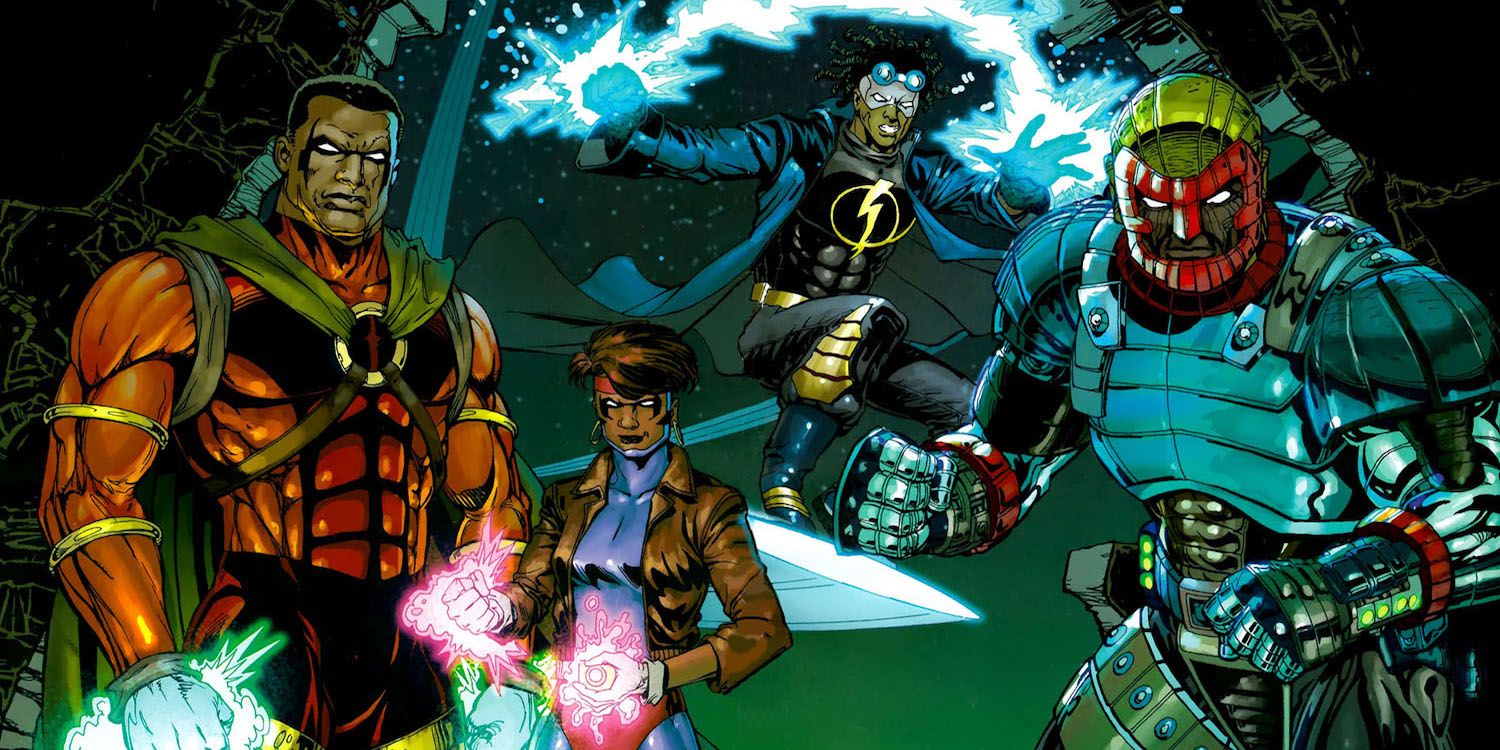
Representation of non-white voices has always been an issue in media, but recent years have seen it come to light in some big ways. The discussions have ranged from a lack of superheroes of color, films and movies having all-white creative teams, and the continual misrepresentation of Asian and Asian-American people on screen. While more strides have been made on the page, it’s still an ongoing process.
After decades of racist stereotypes dominating comics, heroes and villains of color began appearing with more and more prominence as the ‘60s gave way to the ‘70s. The founding of Milestone Comics in 1993 lived up to its name, however, by being the first comic company founded by and featuring black and brown writers. For Quincy Ledbetter, the discovery of Milestone’s superheroes of color helped to save his life and keep him from following a dark path. They showed him that he too could be a hero and that his voice and cultural experiences mattered. Of special importance was Static Shock, arguably Milestone’s most famous creation.
Debuting in 1993’s Static, the story focused on young Virgil Hawkins who gained electricity-based powers after an experimental chemical was spilled on him. The character proved so popular, that he even landed his own animated series in 2000 that ran for four seasons and exposed a far wider audience to the hero. Eventually, DC Comics, who published and distributed Milestone, brought the characters into their main universe, with heroes like Static, Icon, and Rocket featuring both on the page and in animated series like Young Justice.
Similarly, shows like Luke Cage and the upcoming Black Lightning give hope that the future will see more black voices represented in superhero media. Black Panther, meanwhile, will move the action out of the U.S. and show heroes and villains through the lens of another nation and continent. Live-action versions of Aquaman, Quake, Cyborg, Colleen Wing, and Ghost Rider have also provided many with hope that they’ll soon be able to see themselves and their culture given the spotlight they deserve. It’s taken a long time, but genre media is finally starting to represent a wider range of racial and national voices.
Luna Lovegood
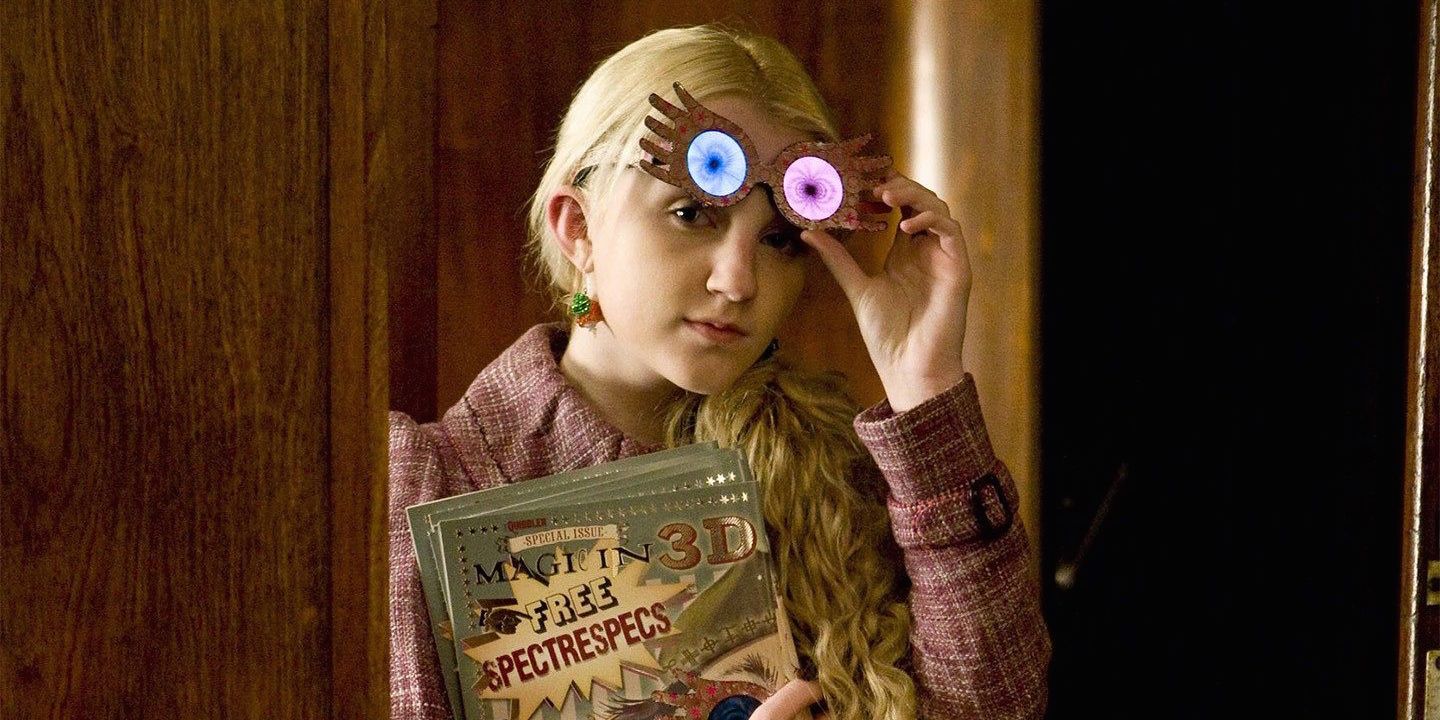
Oftentimes in media, subtext points to representation more than anything that’s stated outright. Relationships and orientation can be hinted at but never confirmed, while a disability or illness may simply be alluded to but not explicitly mentioned. In the case of Luna Lovegood, many could work their way through all of the Harry Potter books and movies without thinking of her as more than a quirky and socially awkward young person. But for some, she’s one of media’s few autistic heroes.
While J.K. Rowling has never stated as much, a number of readers and viewers think it undeniable that Luna is situated somewhere on the autism spectrum. And whether or not that’s the case, fiction often gains meaning based on audience interpretation. For a legion of fans living with autism, Luna has become a hero for them, struggling through the pressures of her peers not understanding her, while regularly proving to be clever, caring, and incredibly capable. Even more inspiring, her social shortcomings are rarely viewed through a lens of weakness or pity, and rather portrayed as her unique perspective on the world.
Too often in discussions of representation and civil rights, the disabled community is left out of the spotlight. This has begun to change in recent years as the conversation both in real life and fiction have become more inclusive. Peter Dinklage’s rising star and the character of Tyrion Lannister from Game of Thrones and A Song of Ice and Fire have allowed little people a rare chance at seeing themselves as a leading character. Likewise, the updated version of Billy in the new Power Rangers is one of the few autistic characters of color in contemporary genre fiction.
For Arianna Nyswonger, the two-fold struggle of autism and high school meant suffering through constant humiliation and bullying. As she writes in The Mighty, it’s a fight she almost lost. But when all of her hope seemed gone, the Harry Potter books and Luna in particular helped her regain the strength to keep fighting by showing her another path.
Too often, discussions about diversity focus on hitting quotas and ticking boxes. The true goal of representation, however, is to give a voice to marginalized peoples in order to better encapsulate the breadth of our global community. In fiction, this not only strengthens the quality of stories being told, but allows every audience member the chance to see themselves as the hero. And in some cases, better representation just might save someone’s life.
